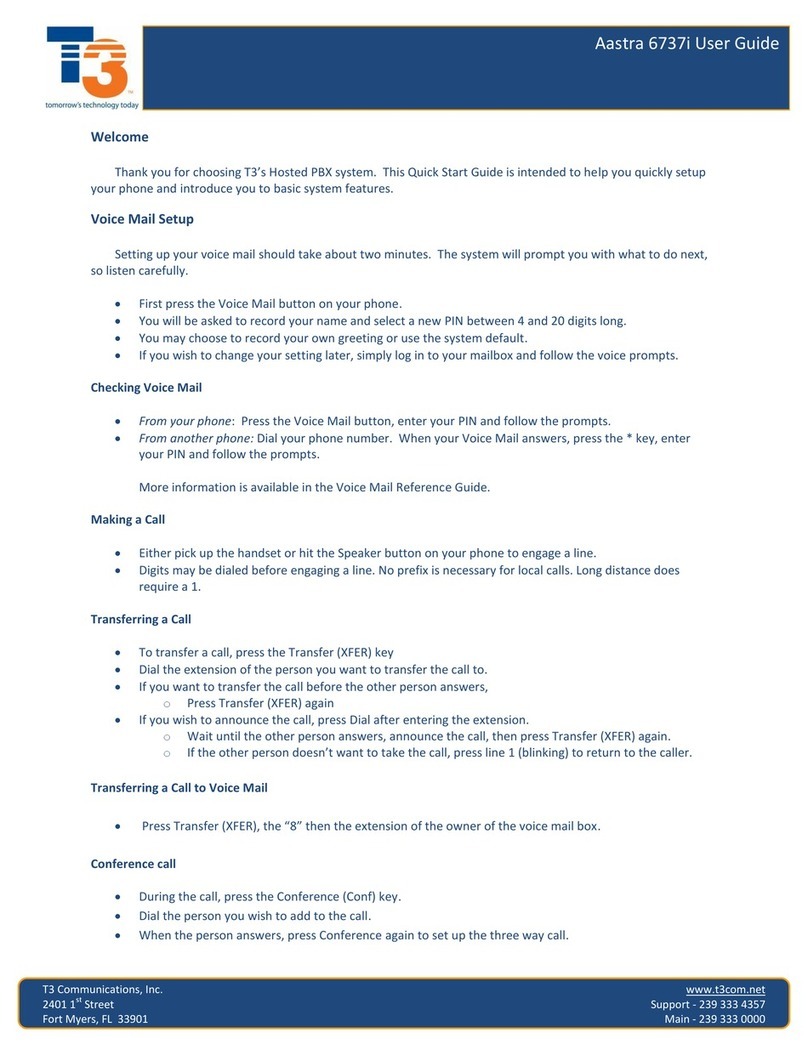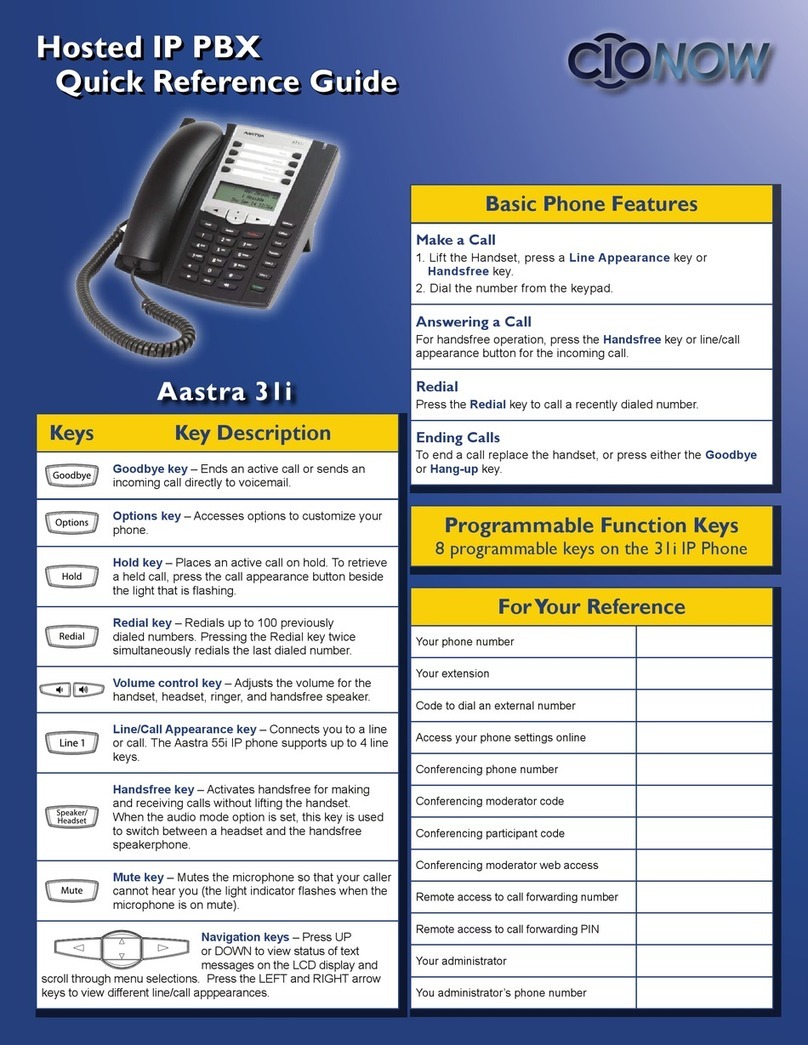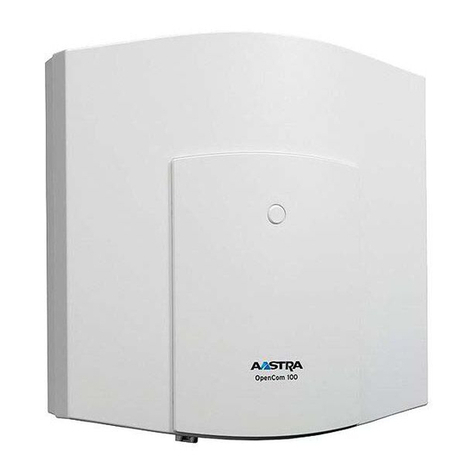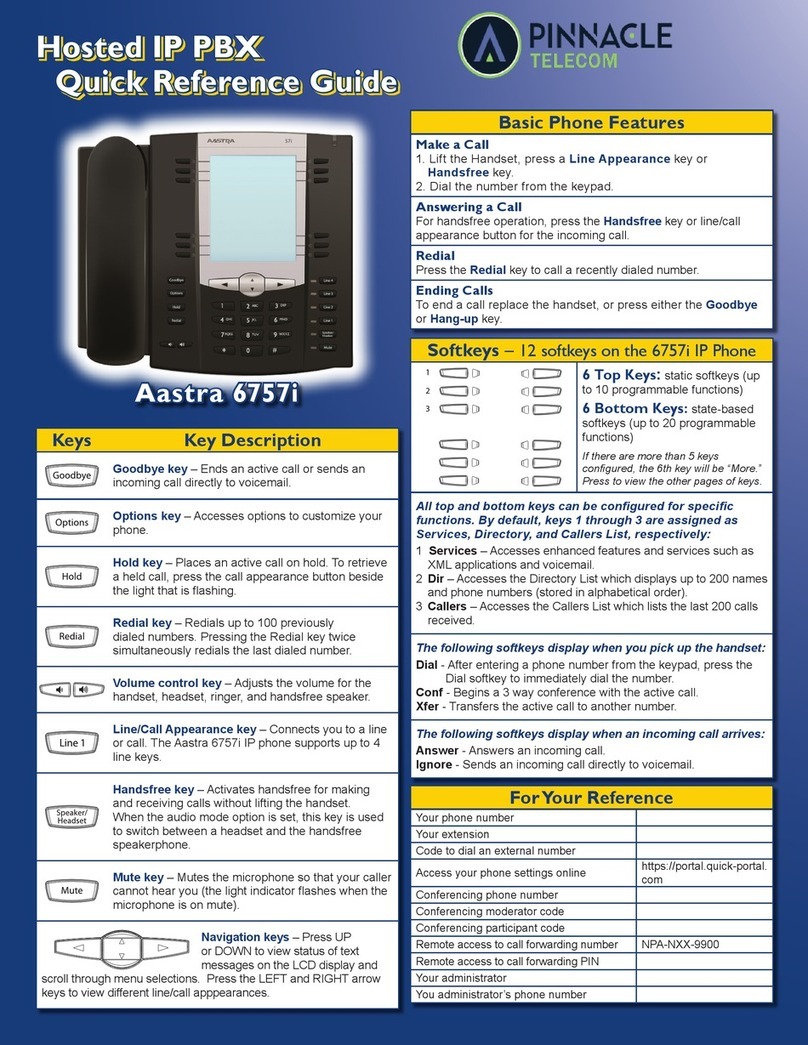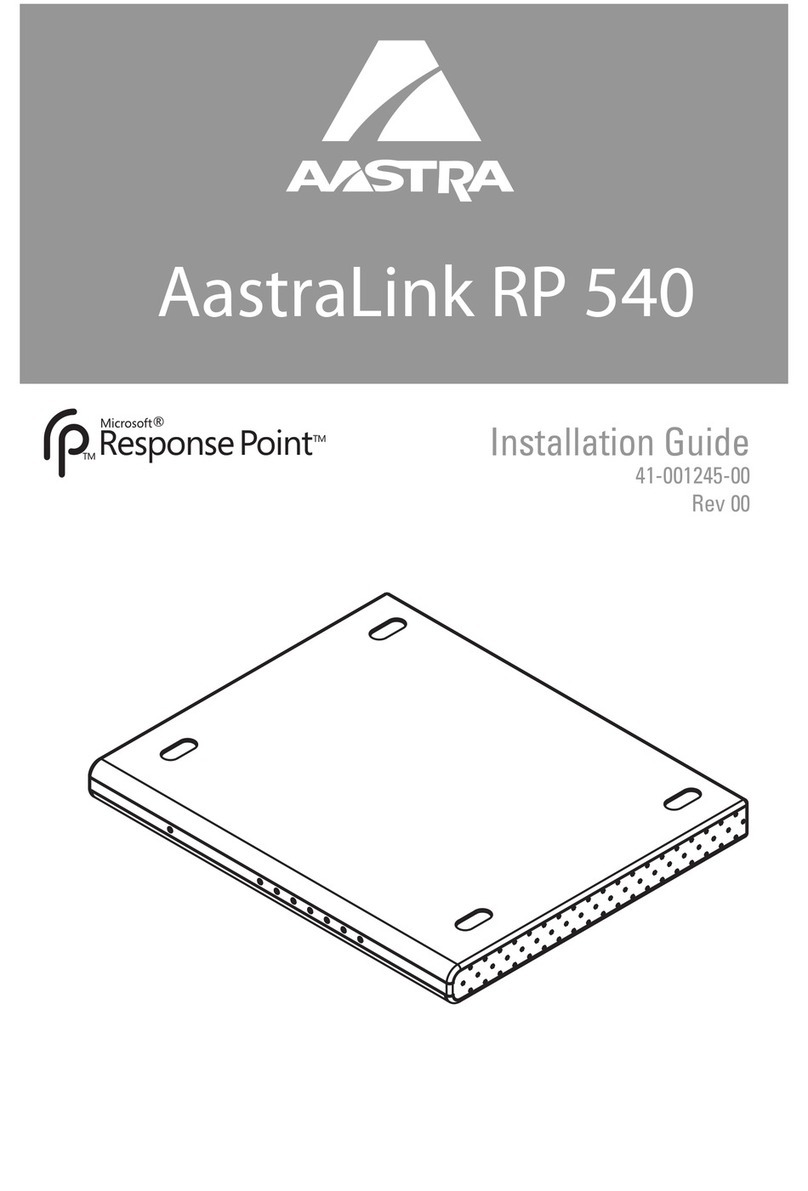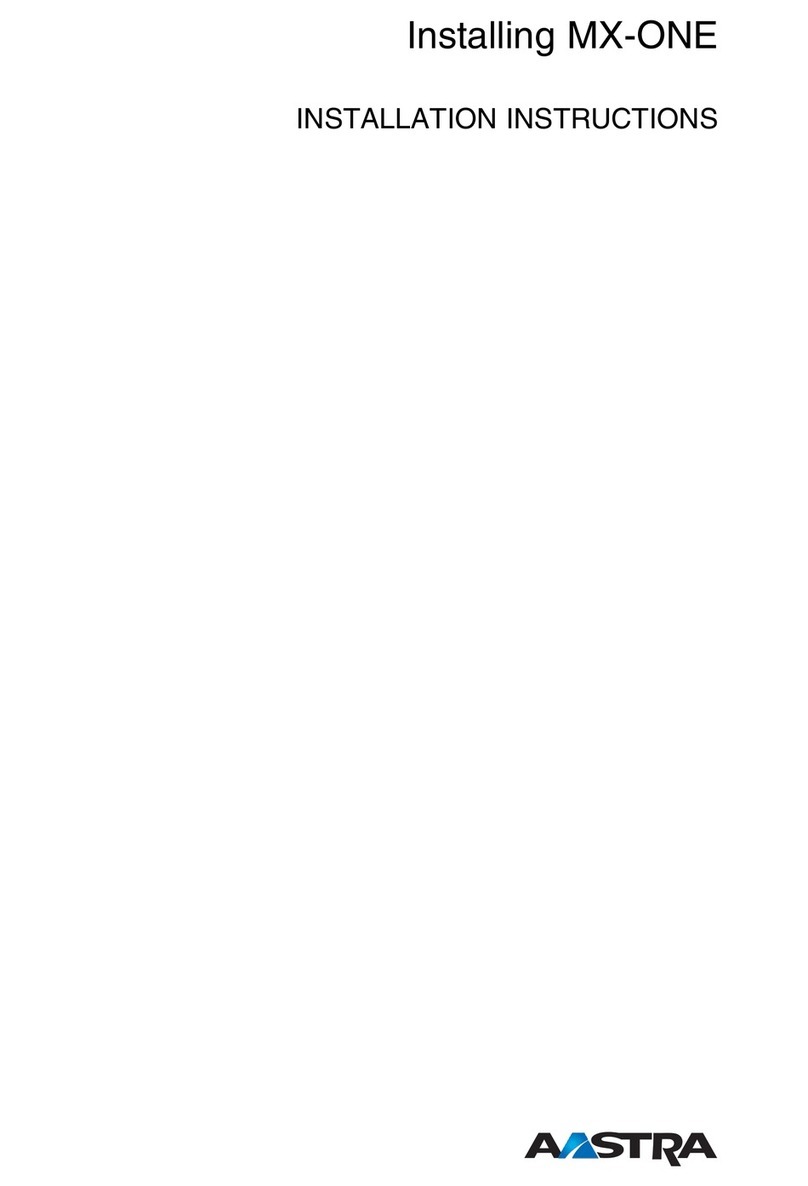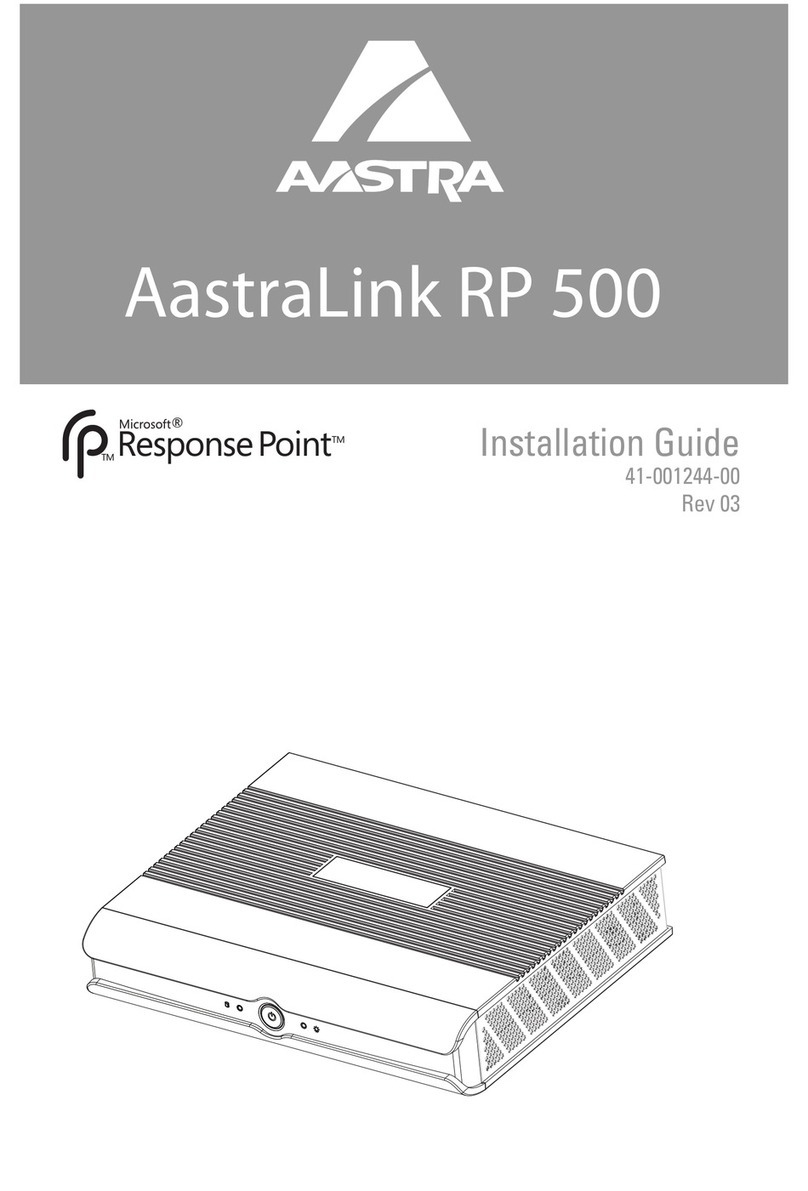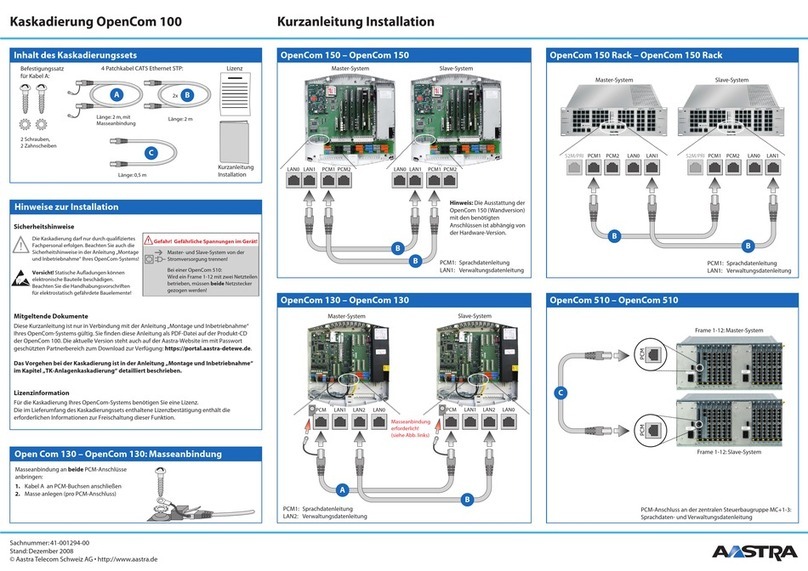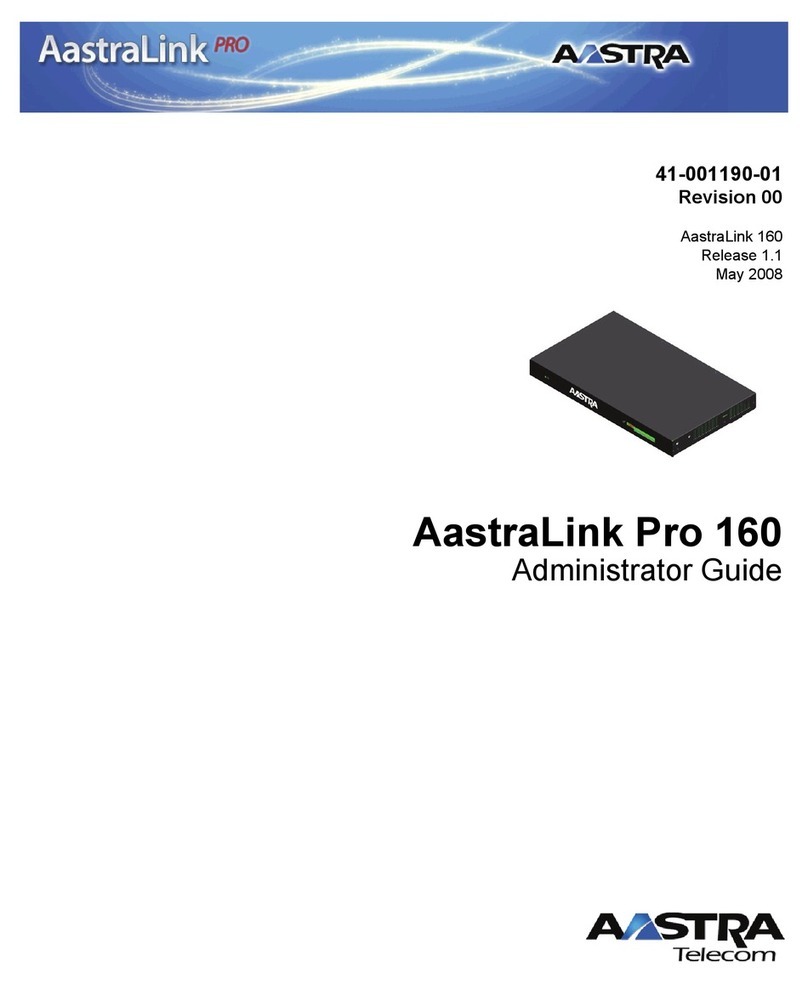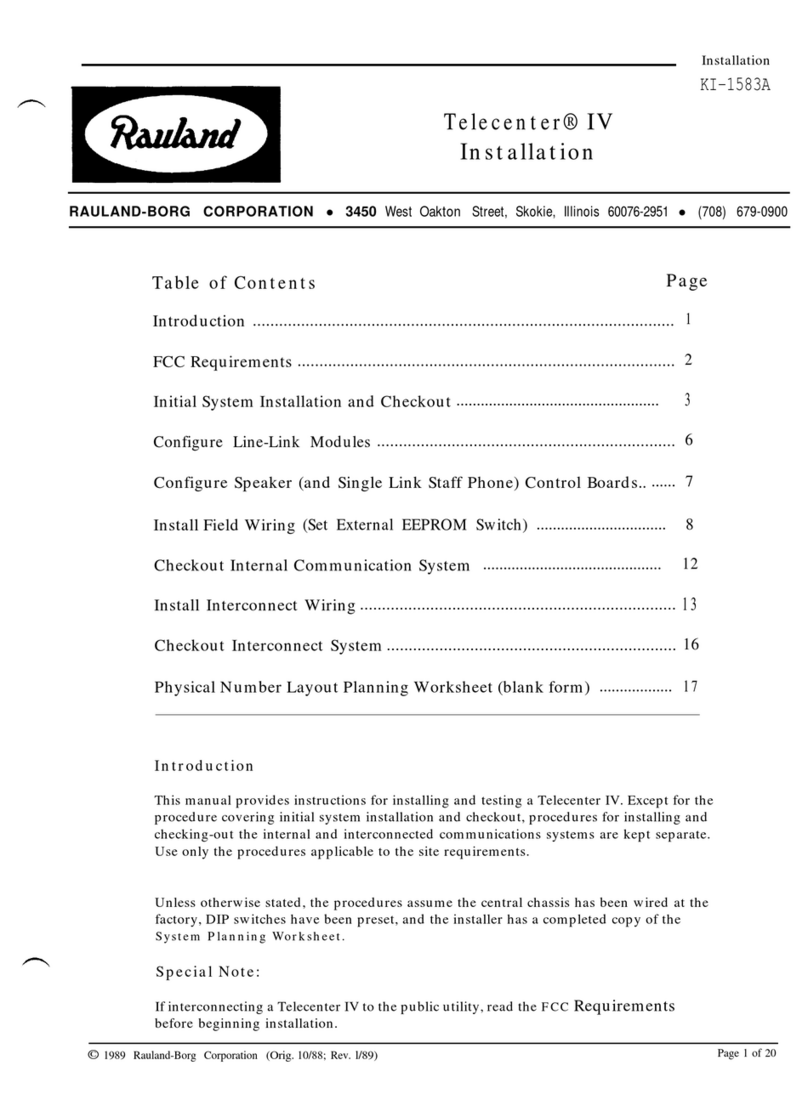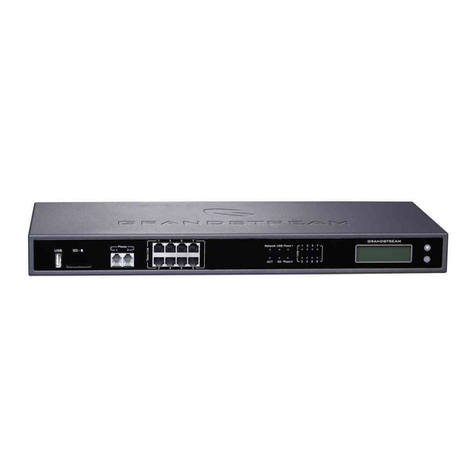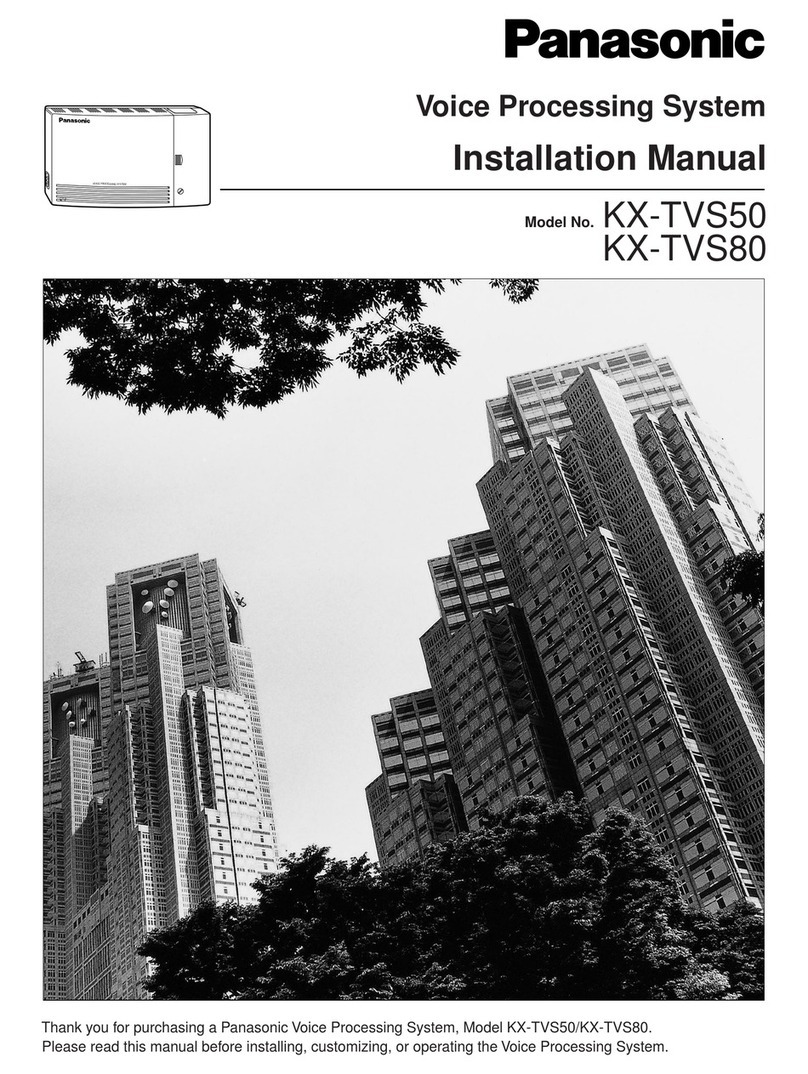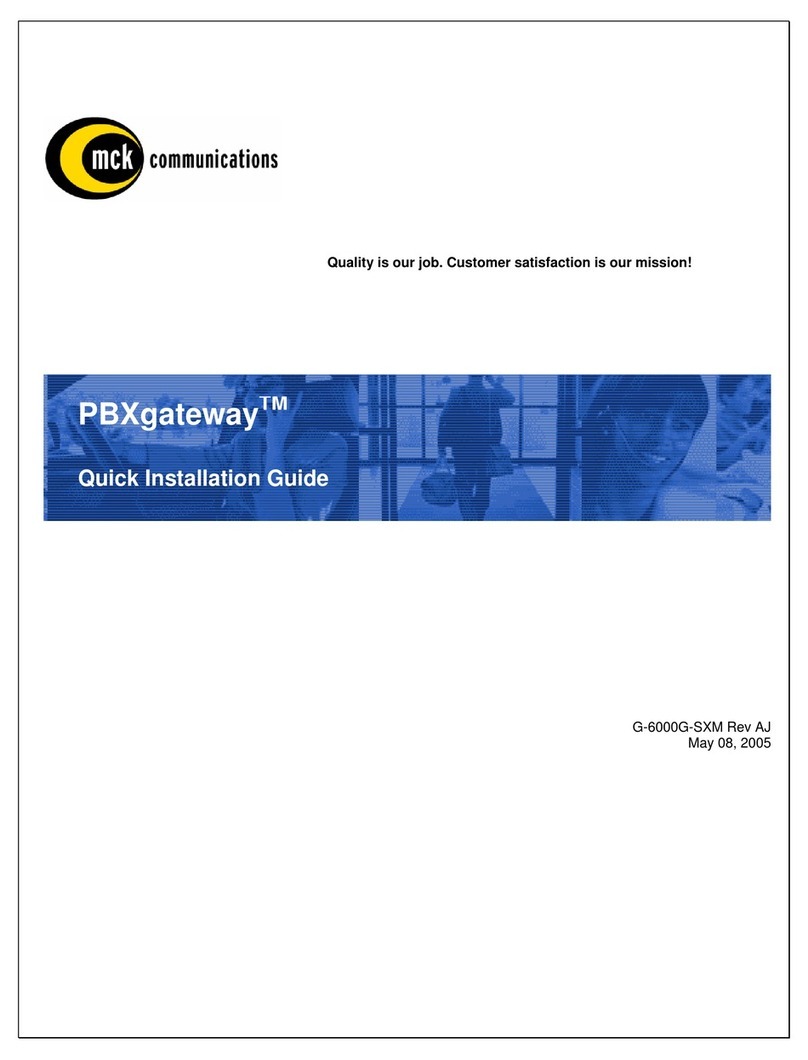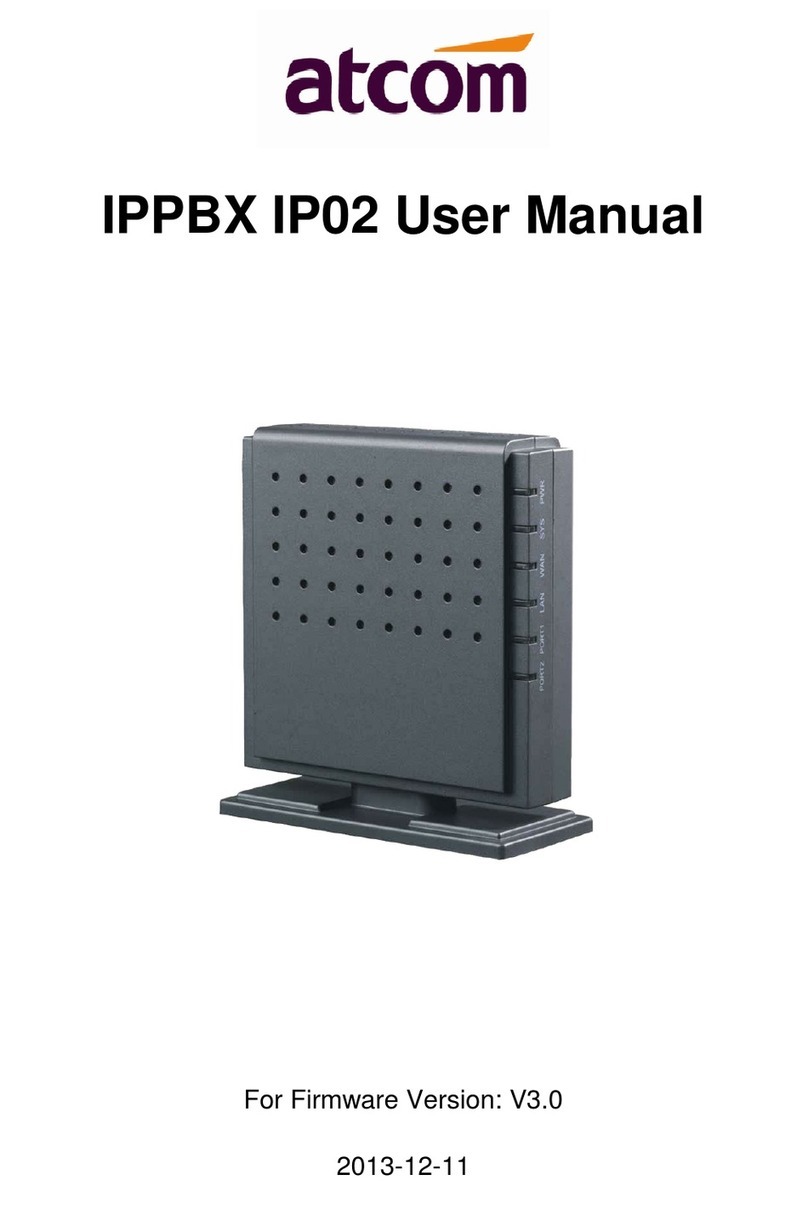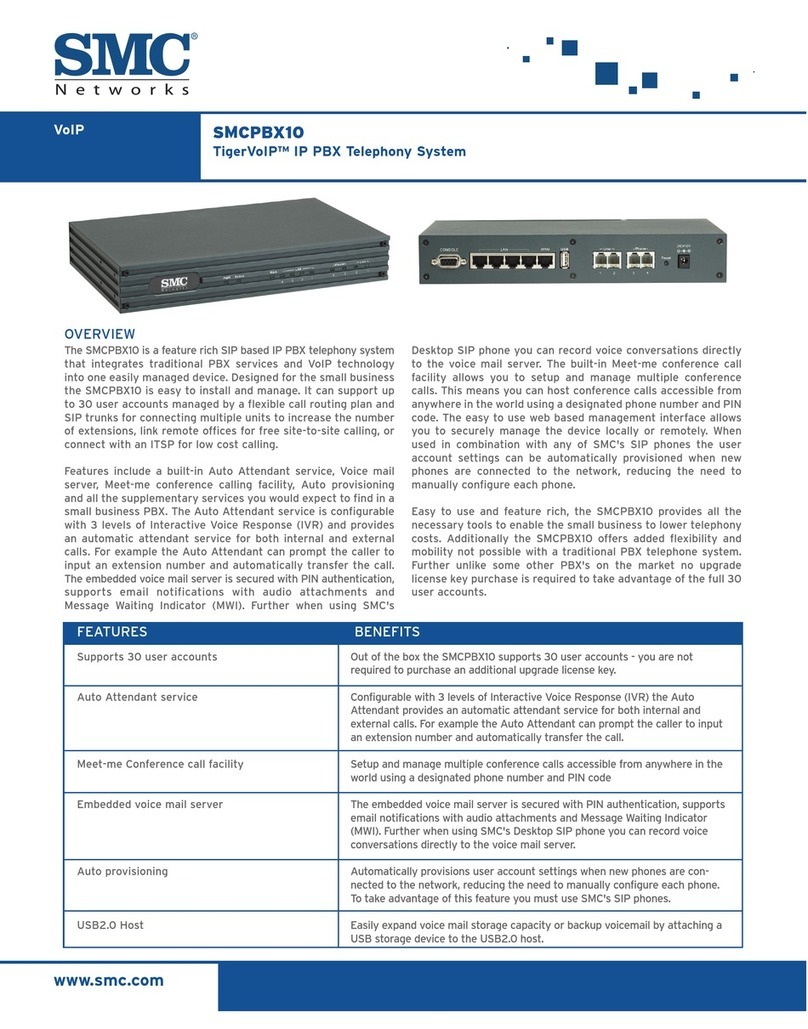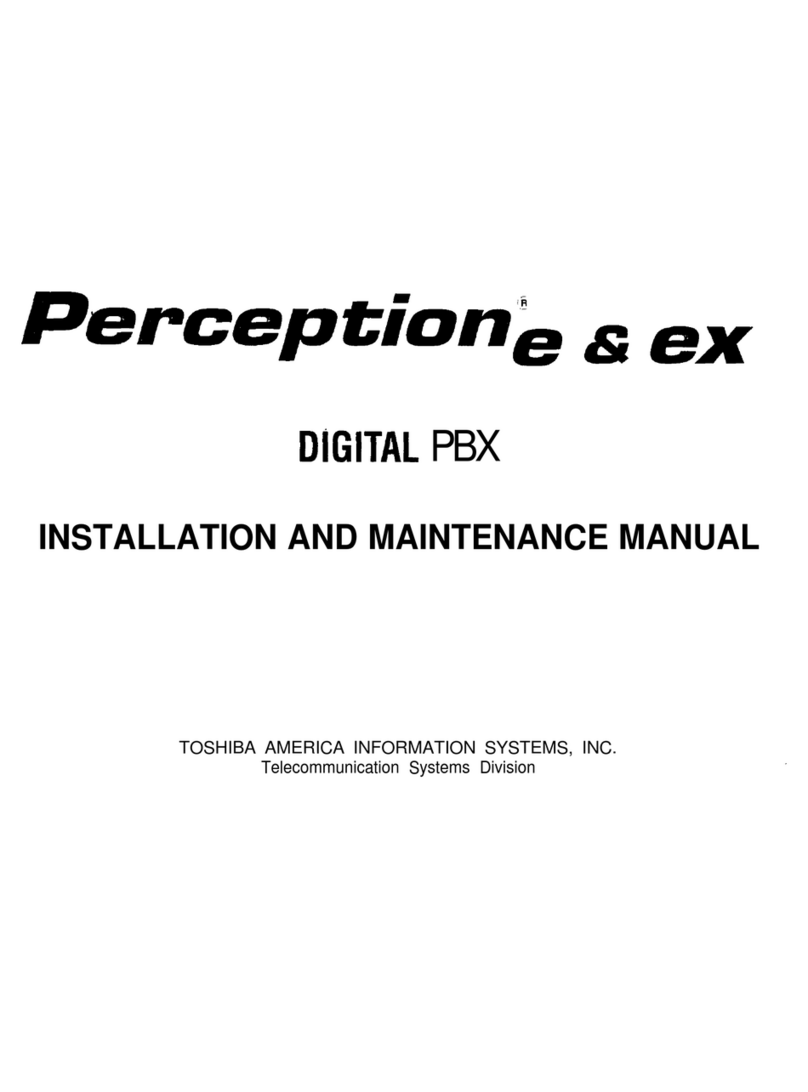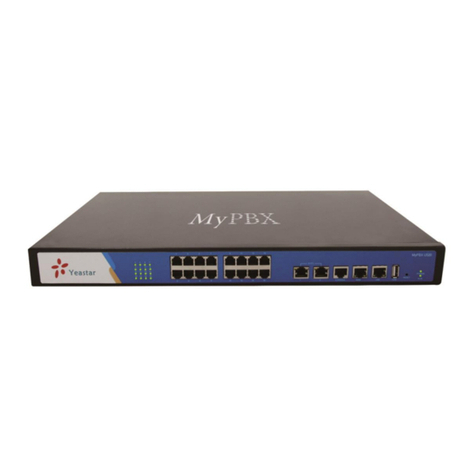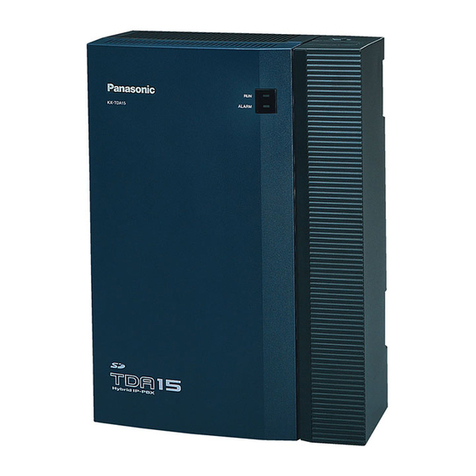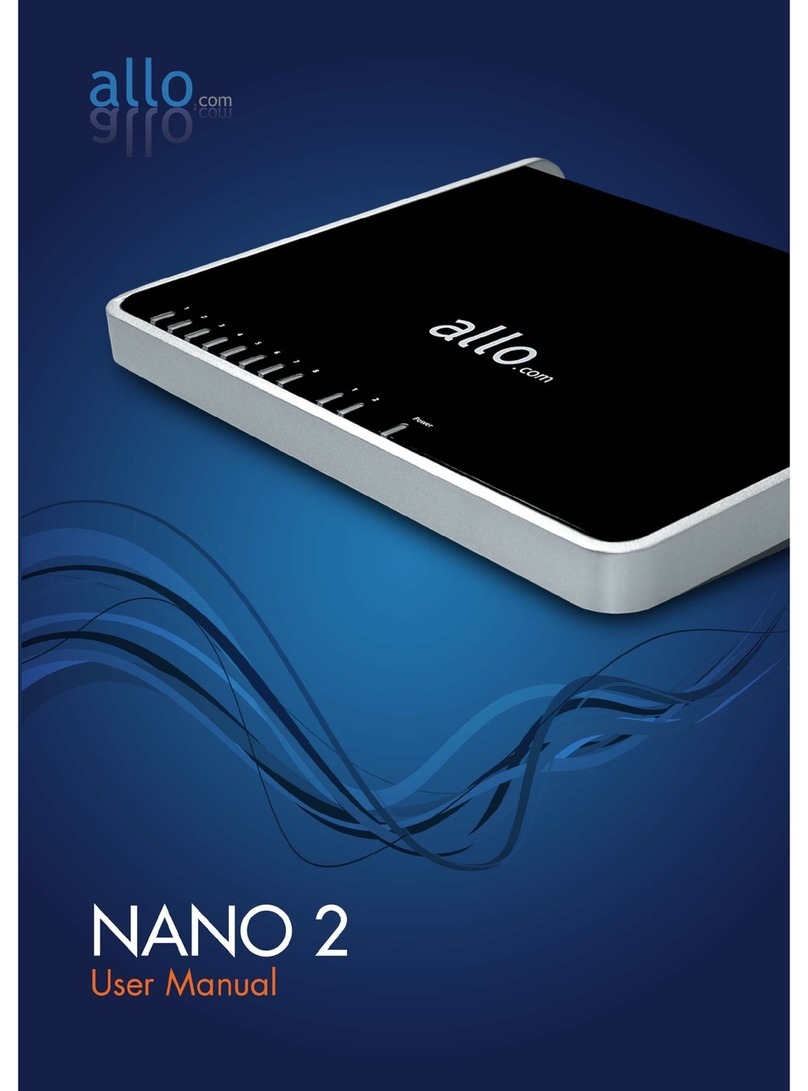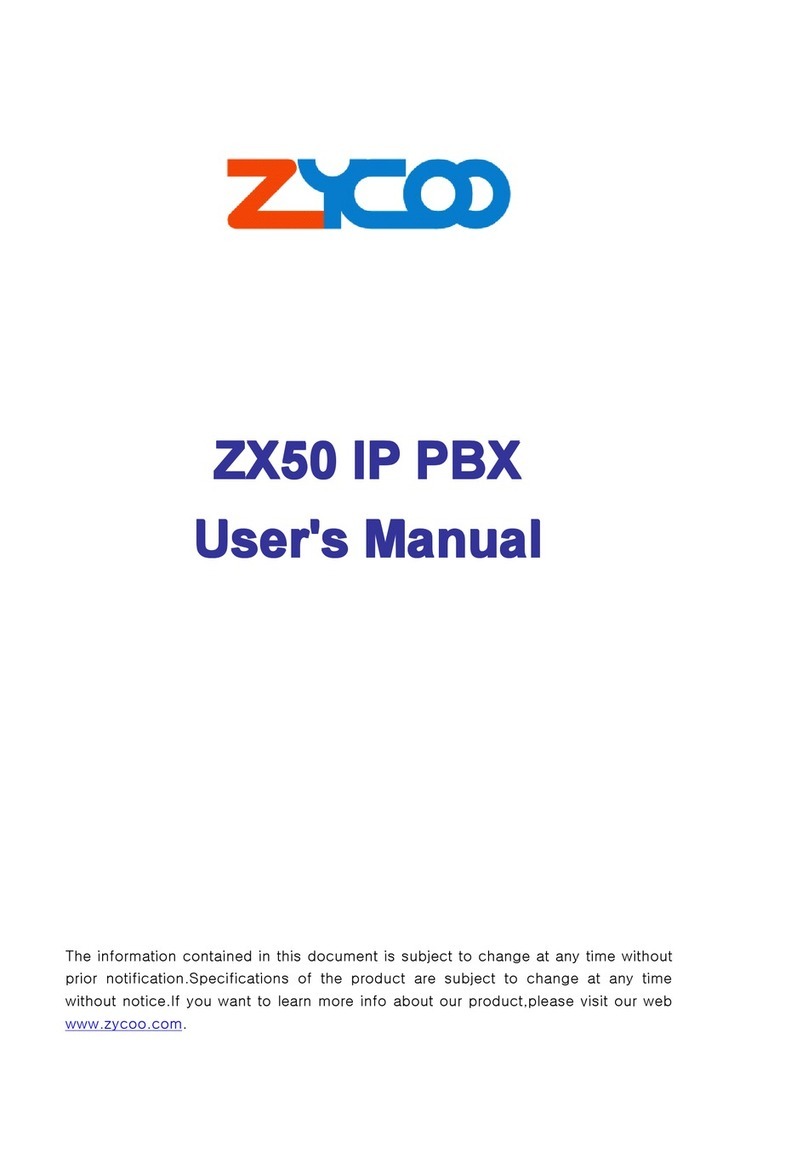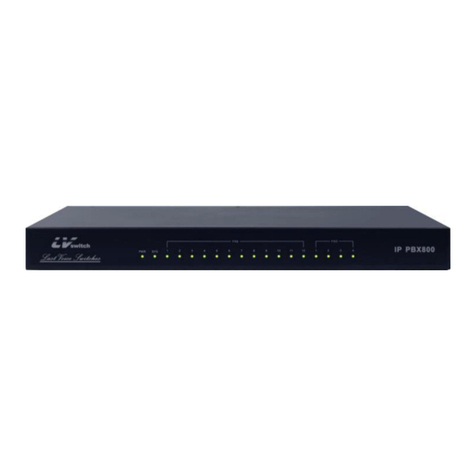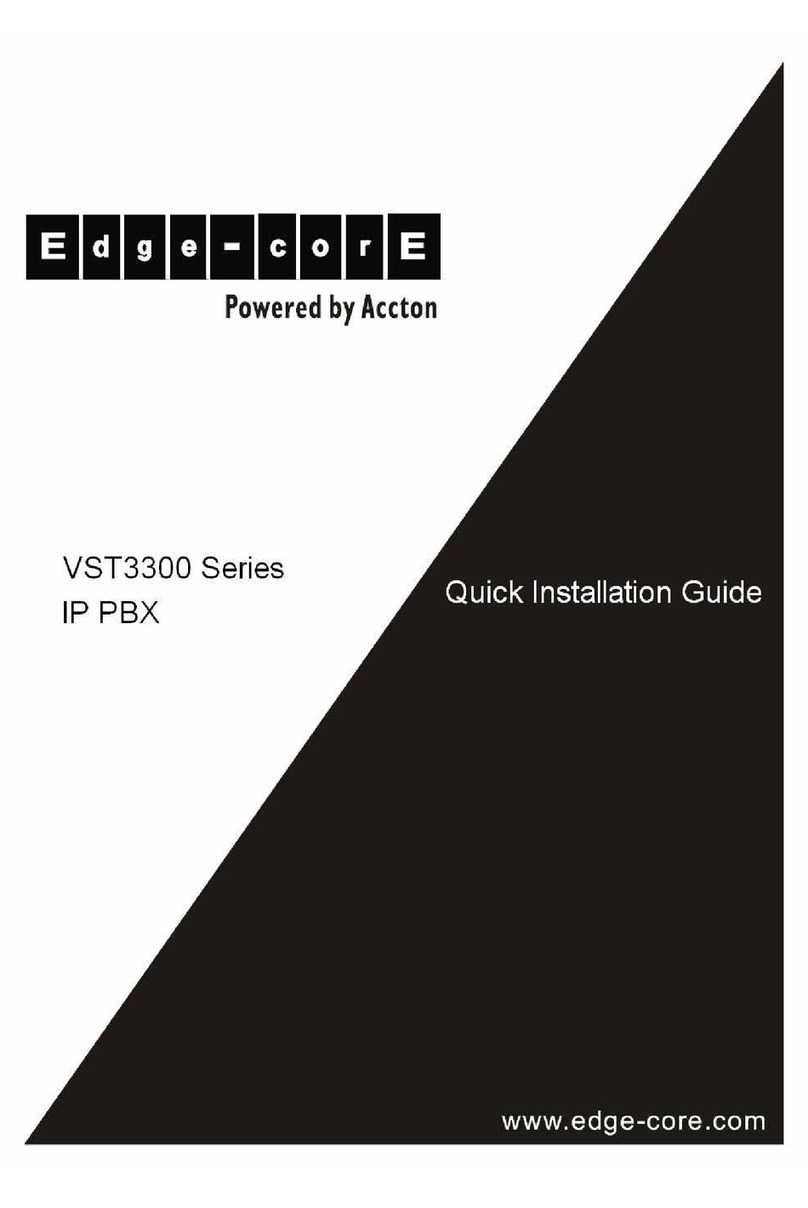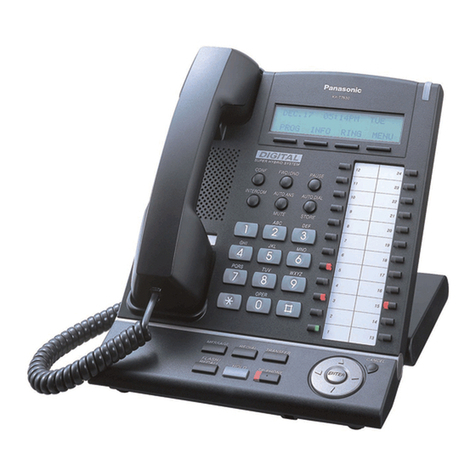
Page 4 01/2007 AMT/PTD/PBX/0062/1/2EN
3.13 M92X MOBILE TERMINALS...............................................................................................30
3.13.1 PHYSICAL DESCRIPTION OF AN M92X MOBILE ......................................................................30
3.13.2 CONFIGURING AN M92X MOBILE TERMINAL ...........................................................................32
3.14 OPX MOBILE TERMINALS.................................................................................................34
3.14.1 PHYSICAL DESCRIPTION OF AN OPENPHONE 27...................................................................34
3.14.2 CONFIGURING AN OPENPHONE 27 ...........................................................................................35
3.14.3 PHYSICAL DESCRIPTION OF AN OPENPHONE 28...................................................................37
3.14.4 CONFIGURING AN OPENPHONE 28 ...........................................................................................39
4IMPLEMENTING THE IP DECT SERVICE .................................................................41
4.1 PRINCIPLE..........................................................................................................................41
4.2 CONFIGURING THE DHCP SERVER ................................................................................42
4.3 CONFIGURING THE TFTP SERVER..................................................................................43
4.4 INSTALLING AND CONFIGURING THE OMM ..................................................................44
4.4.1 STARTING THE RFPS ...................................................................................................................44
4.5 CONNECTING TO THE OMM APPLICATION (OPENMOBILITY MANAGER) .................52
4.5.1 LOGGING ON TO THE SERVICE..................................................................................................52
4.5.2 LICENCING.....................................................................................................................................53
4.5.3 SYSTEM..........................................................................................................................................57
4.5.4 RFP CONFIGURATION..................................................................................................................61
4.5.5 CONFIGURATION OF PORTABLES PARTS ...............................................................................64
4.6 DECLARATION ON THE NEXSPAN IPBX.........................................................................69
4.6.1 PRINCIPLE .....................................................................................................................................69
4.6.2 DECALRING SIP DECT SUBSCRIBERS AUTOMATICALLY ON THE IPBX .............................69
4.6.3 DECALRING SIP DECT SUBSCRIBERS MANUALLY ON THE IPBX ........................................73
4.7 OMM DECT MONITOR TOOL.............................................................................................74
4.7.1 DESCRIPTION................................................................................................................................74
5DEPLOYING THE IP DECT SERVICE .......................................................................78
5.1 DEPLOYMENT KIT .............................................................................................................78
6MAINTENANCE..........................................................................................................79
6.1 PP TEST MODE ..................................................................................................................79
6.1.1 CHECKING THE OP27 FIRMWARE VERSION ............................................................................79
6.1.2 DIAGNOSIS ....................................................................................................................................79
6.2 BOOTER..............................................................................................................................82
6.2.1 CHECKING THE RFP BOOTER VERSION...................................................................................82
6.2.2 UPDATING THE RFP BOOTER MANUALLY ...............................................................................82
6.2.3 TELNET USER SHELL ..................................................................................................................83
6.2.4 SNMP ..............................................................................................................................................85
6.2.5 APPLICATION................................................................................................................................86
